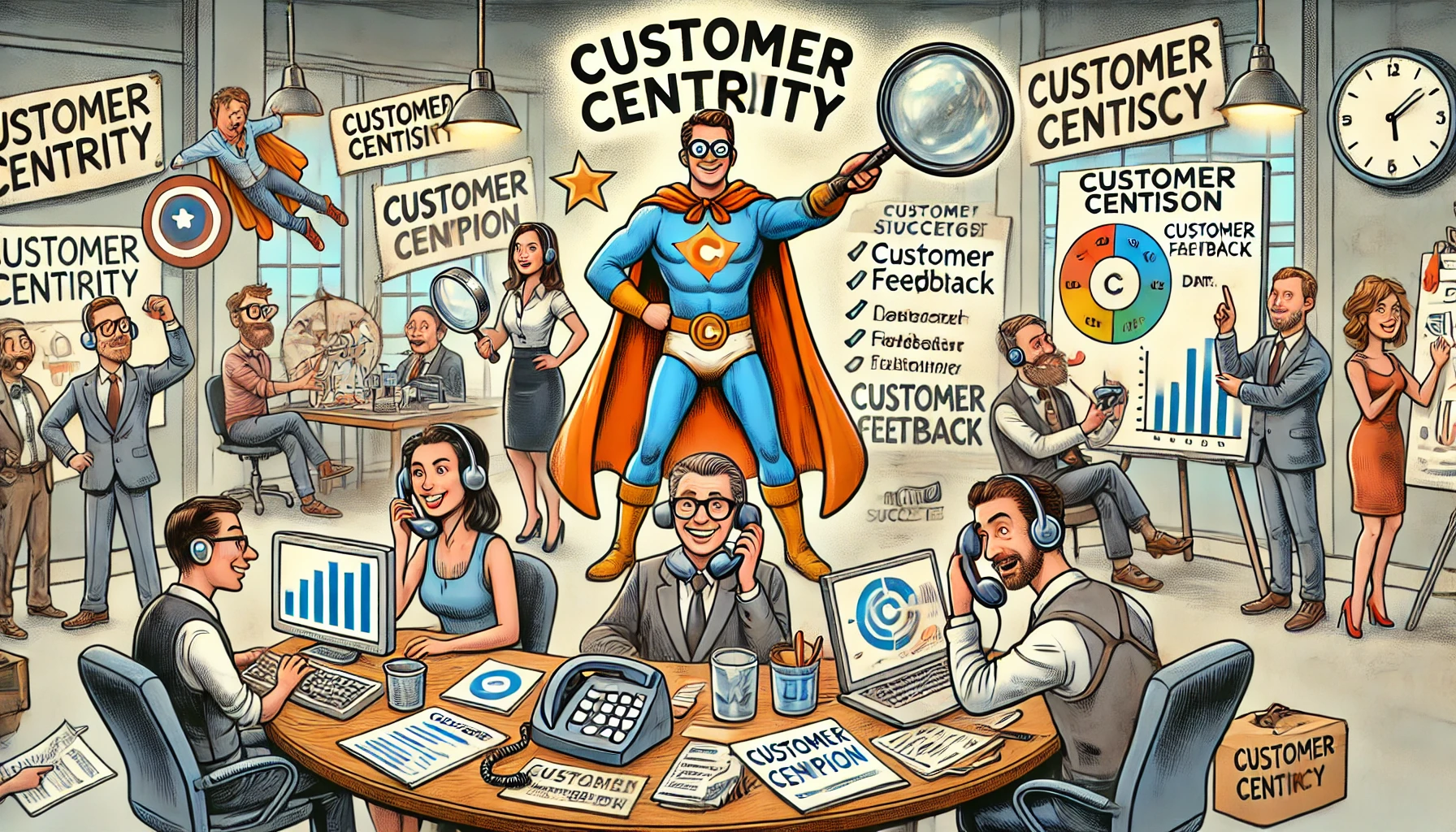Mastering retail automation: Boost efficiency, maximize profits
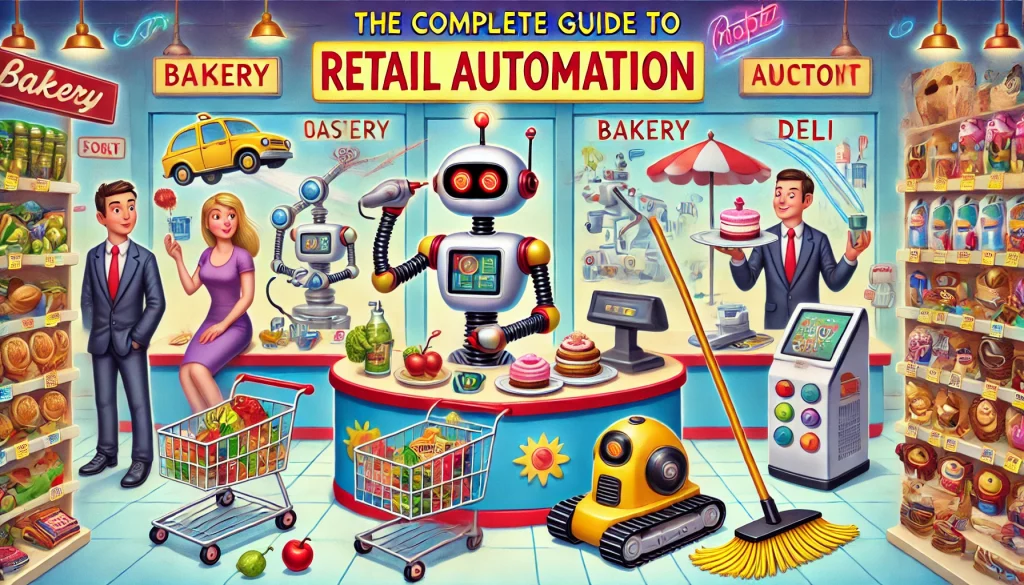
In today’s fast-paced retail environment, automation is no longer a luxury—it’s a necessity. Did you know that approximately 50% of retail activities can be automated using existing technology?
This insight comes from comprehensive research conducted by the McKinsey Global Institute, highlighting the immense potential for transformation in the retail sector.
As a retailer, you’re likely facing increasing pressures: rising raw material costs, escalating labor expenses, evolving customer expectations, and complex supply chain management. Traditional cost-cutting methods are losing effectiveness in this hypercompetitive landscape.
That’s where retail automation comes in, offering a lifeline for businesses striving to adapt and thrive.
What is retail automation?
Retail automation refers to the implementation of technologies that streamline manual processes. It empowers retailers to:
- Enhance operational efficiency
- Improve customer experiences
- Reduce costs
As industry giants like Amazon pioneer concepts such as cashierless stores (Amazon Go), the pressure mounts for all retailers to embrace automation or risk falling behind.
Key benefits of retail automation
Improved operational efficiency
Automation reduces steps in task completion and minimizes human error. It enables 24/7 operation, enhancing overall efficiency.
For instance, automated checkout systems can handle transactions quickly, reducing wait times and improving customer satisfaction.
Lower costs
Automation decreases the need for additional staff and improves productivity. This leads to significant reductions in operational expenses over time.
According to a study by Deloitte, retailers using automation can reduce labor costs by up to 30%.
Enhanced customer experiences
Automated systems ensure quick response times and enable personalized interactions. They provide consistent service across all customer touchpoints.
For example, AI-driven recommendation engines can increase sales by up to 20% by suggesting products based on customer behavior and preferences.
Minimal human errors
Automation increases accuracy in operations and flags bad data automatically. This reduces resource waste and improves overall quality control.
Automated inventory management systems, for example, can reduce stock discrepancies by 50%.
Enhanced scalability
Automated systems grow with your business and increase productivity without proportional cost increases. They adapt easily to changing demands and market conditions.
A report from Forrester indicates that businesses leveraging automation can scale operations 10 times faster than those relying on manual processes.
Increased safety
Automation protects against fraud and enhances both physical and digital security. It safeguards business information, reducing risk and liability.
For instance, automated security systems can reduce theft by up to 40%, as noted by the National Retail Federation.
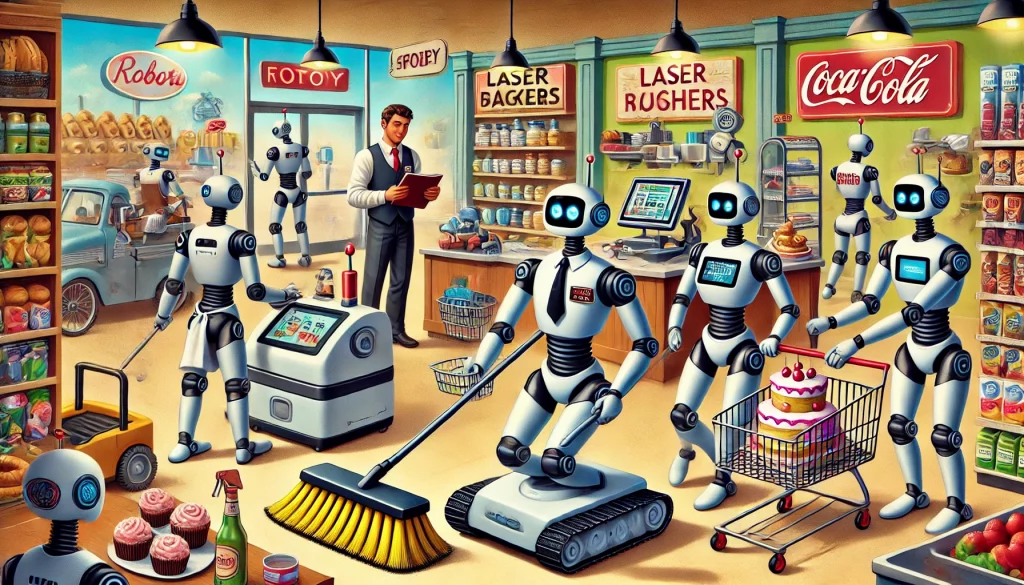
Practical examples of retail automation
Store security automation: protecting assets
Implement remote monitoring systems for comprehensive security coverage. Use multi-factor authentication for e-commerce to prevent unauthorized access.
Email campaign automation: engaging customers effectively
Set up triggered email sequences based on customer behavior. Utilize AI for content generation to create personalized and engaging emails.
According to HubSpot, automated email campaigns can boost open rates by 70%.
Inventory management automation: optimizing stock levels
Implement automated stock replenishment to maintain optimal inventory levels. Synchronize online and in-store inventory for seamless omnichannel operations.
Retailers using automated inventory systems report a 25% reduction in out-of-stock situations.
Customer support automation: providing round-the-clock assistance
Deploy chatbots for 24/7 support to address common customer queries. Use CRM systems for personalized interactions and improved customer satisfaction.
Gartner predicts that by 2025, customer service organizations using AI will achieve 25% greater operational efficiency.
Return process automation: simplifying customer returns
Streamline return procedures with automated systems for efficient processing. Offer easy-to-use return portals to enhance the customer experience.
Retailers using automated return systems see a 20% increase in customer satisfaction.
Payroll processing automation: ensuring accurate compensation
Implement automated time tracking for precise work hour calculations. Ensure accurate tax calculations to comply with regulatory requirements.
Automated payroll systems can reduce payroll processing time by 80%, as reported by the American Payroll Association.
Store planning automation: optimizing layout and product placement
Use sensors to track customer movement and analyze shopping patterns. Optimize store layouts based on data-driven insights for improved sales.
According to a study by McKinsey, retailers can increase sales by up to 15% by optimizing store layouts using automation.
General workflow automation: streamlining daily operations
Automate task reminders to improve team productivity and efficiency. Set up alerts for inventory issues to prevent stockouts and overstock situations.
Workflow automation can boost team productivity by 20%, according to a report by IDC.
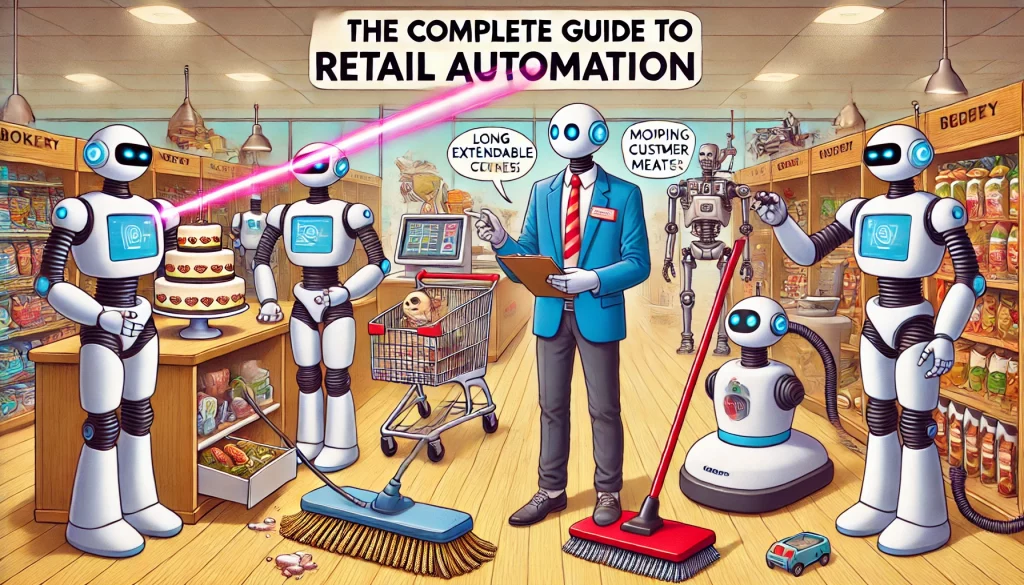
Overcoming challenges in retail automation
Finding cost-effective solutions
Start small and scale gradually to manage implementation costs. Prioritize high-impact areas for initial automation efforts.
Bridging the knowledge divide
Invest in employee training to build in-house expertise. Partner with technology providers for ongoing support and education.
Ensuring seamless system compatibility
Choose compatible systems that work well with existing infrastructure. Work with IT specialists for seamless integration of new automated systems.
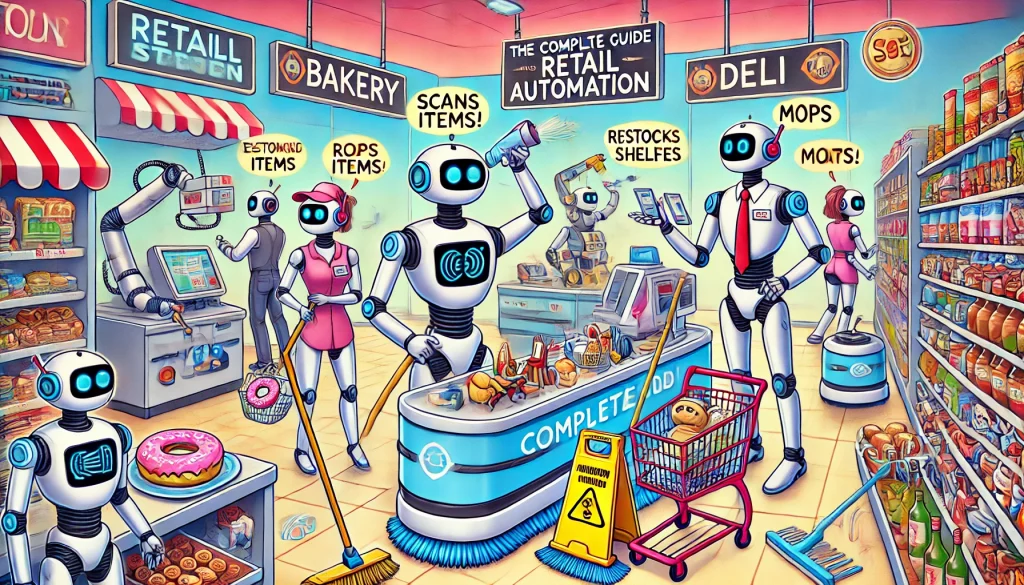
Expert opinions on retail automation
Dr. Rajesh Patel, AI in Retail Expert: “AI in retail automation is transformative. Machine learning predicts trends months in advance, and AI-powered chatbots provide 24/7 service, indistinguishable from human representatives in 70% of cases. This will be the new retail standard.”
Olivia Sanchez, Retail Workforce Transition Consultant: “Successful retail automation focuses on upskilling employees, not replacing them. Future retail workers need to be tech-savvy and adaptable. It’s about a symbiotic relationship between humans and machines.”
Thomas Wright, Retail Security Systems Analyst: “Automation revolutionizes retail security, detecting suspicious behavior with 99% accuracy and reducing shrinkage. These systems also optimize store layouts based on customer movement patterns, enhancing both security and the shopping experience.”

 5 min
5 min 




